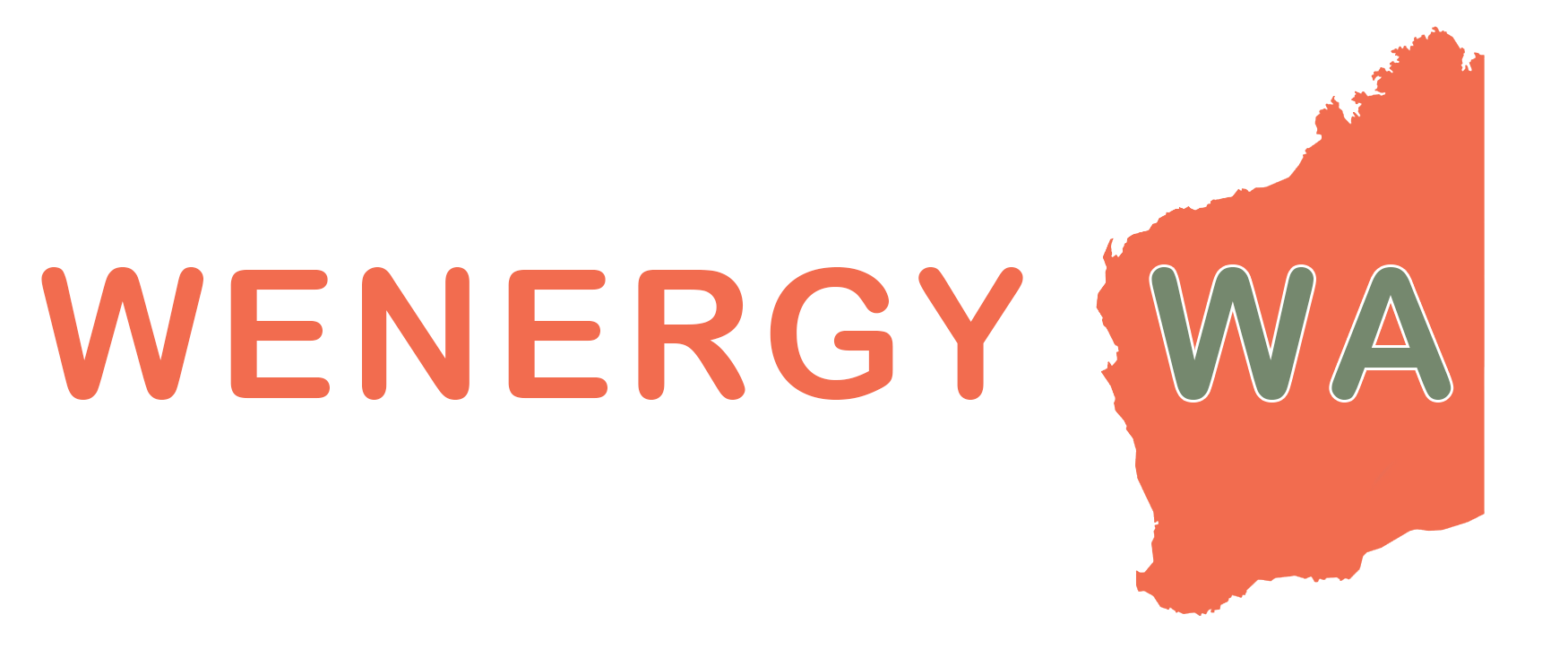Optimise energy and water resource planning
Optimise energy and water resource planning
Go to Challenge | 32 teams have entered this challenge.

Wenergy
Locate Future Water Storage and Link Watercourses and Energy Distribution Infrastructure.
Plan resource allocation and identify regional projects to support growth.
Connect special interest groups/clubs with government funding programs to assist regional growth.
Wenergy Shows us Where and When the Regions are Ready to Transform.
A mine at the end of its life, usually requires large amounts of backfill and rehabilitation. What if, we could repurpose it, and turn it into a vibrant and sustainable community.
Electrical and road infrastructure currently form the basis of existing mine sites and can be repurposed into a new industry hub.
Open cut pits would provide a new water storage, for agricultural enterprise and hydroelectricity.
Solar Electricity farms combined with horticulture are a way to provide jobs and the sale of excess electricity to pay for community facilities.
Electricity could be used to power vehicles and machinery within the community adding to the sustainability of transportation
Modern solar farms built above ground provide shade house conditions underneath to grow food crops and the rainwater can be collected for use in crop irrigation.
As mine sites follow mineral seams, they are often in close proximity to other sites, if we could interlink these repurposed water storage sources, we can create green corridors in areas that are usually arid. These green corridors become a flora and fauna safety net, encouraging sustainability and biodiversity.
Description of Use Used as map overlay (sourced through Slack)
Description of Use Used as a map overlay (sourced from Slack)
Description of Use Used as a map overlay (Sourced through Slack)
Description of Use Used as a map overlay (Sourced through Slack)
Description of Use Used as a map overlay (Sourced through Slack)
Description of Use Used as a map overlay
Description of Use Used as map overlay for innovation precincts and hubs
Description of Use Used as map overlay
Description of Use Used as map overlay to show freehold and crown land boundaries
Description of Use Used as map overlay for transport routes
Description of Use Used as map overlay for electrical sources
Description of Use Used as map overlay for water sources
Description of Use Used as map overlay for water sources
Description of Use Used as map overlay for water sources
Description of Use Used as map overlay for water sources
Description of Use Finding average consumption of electricity for a household, to then extrapolate how much energy a community would need to produce, to be self-sufficient.
Description of Use Finding average consumption of electricity for a household, to then extrapolate how much energy a community would need to produce, to be self-sufficient.
Go to Challenge | 32 teams have entered this challenge.
Go to Challenge | 45 teams have entered this challenge.
Go to Challenge | 4 teams have entered this challenge.
Go to Challenge | 38 teams have entered this challenge.
Go to Challenge | 23 teams have entered this challenge.
Go to Challenge | 9 teams have entered this challenge.